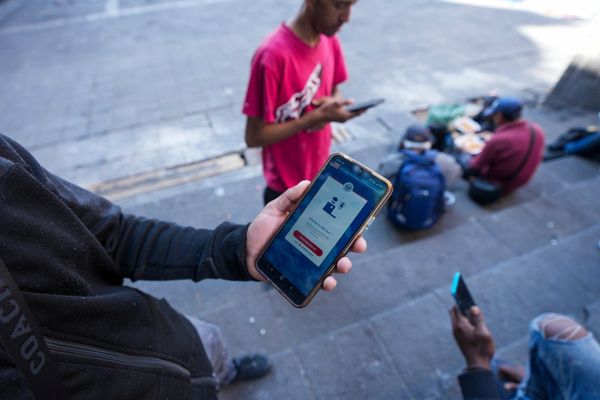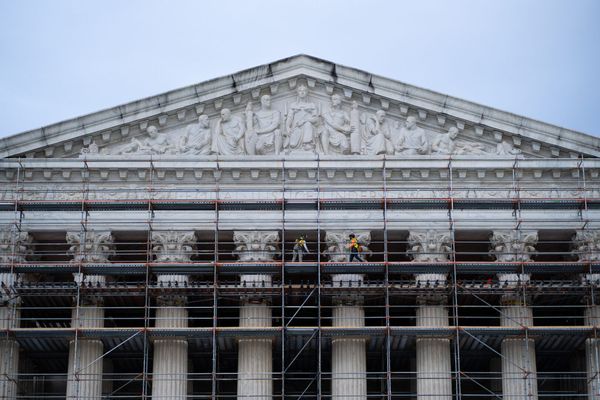One in every 13 people had Covid-19 last week according to the Office for National Statistics - and although fewer tests are being taken in the North East, the latest data shows hundreds are still testing positive each day.
Free Covid-19 testing ended on March 31 - and the Government's data showing seven-day Covid rates now includes two full days where mass testing was not available. But even so, case rates remain high - and the ONS data adds to the evidence that the virus remains widespread.
The lack of free testing is likely to have begun to affect the Government figures - and the Government added a warning to its data to reflect that the changes would affect almost every metric on the national coronavirus dashboard - but as it stands the numbers still show high levels of infection in areas of the North East. And places like Newbiggin in Northumberland and Belmont & Carrville in County Durham are still badly hit.
The ONS figures show that the number of people to have had Covid-19 appears to have stabilised in the week to April 2 - it estimated around one in 13 were infected a week earlier, too - but the agency makes clear that "after March 30, estimates have greater uncertainty".
On April 1 in Newcastle 2,128 Covid-19 test results were reported, with 1,873 on April 2. That's a distinct fall in testing - on March 25 there were 3,040 reported. However, seven-day case rates still currently include five days during which free testing was available, so the impact of that reduction in testing is not yet clear.
As of April 2, In County Durham , there had been 3,872 new cases reported over the week. This means there was a case rate of 696.2 per 100,000 people. And in Gateshead the data shows a rate of 758.6 after 1,532 new cases.
In Newcastle the rate of cases fell sharply again too - hitting 649.2. There were 1,992 positive cases reported over seven days. This meant the case rate was down 14.4% on a week earlier. And in Northumberland the case rate is down 14.7% to 824.5. after 2,669 reported cases over the week. Similarly, North Tyneside - where case rates smashed 1,000 over the last few days in March - has now seen a 11% week-on-week fall. The rate over a week is now 913.5 after 1,908 new cases across the borough.
South Tyneside's official Covid rate is the lowest in the area - it's now just 637.8 and fell 14%. There were 964 positive cases reported in the week to April 2. Further south in Sunderland , the seven-day case rate has fallen to 750.1 - equivalent to 2,084 cases over a week. That's 7.8% down on a week earlier.
These falls in apparent Covid-19 prevalence - though the virus remains widespread around the North East - come amid concerns about the impact cutting testing and Covid-19 surveillance will have on public health and our knowledge about Covid's spread. The ZOE Covid-19 study currently predicts more than four and a half million people in the UK currently have symptomatic Covid.
This would mean more than 19,000 active cases in Newcastle - substantially higher than the official Government data, but a similar figure to that suggested by the ONS's one in 13 figure.. The ZOE study relies on extrapolating data from thousands of users who report their health to an app.
The ten areas with the highest Covid-19 rates in the North East:
Newbiggin - 1,422 cases per 100,000 and 86 new cases
Tynemouth Priory - 1,290.4 cases per 100,000 and 81 new cases
Belmont & Carrville - 1,251.7 cases per 100,000 and 93 new cases
Longhougton & Alnmouth - 1,233.7 cases per 100,000 and 83 new cases
Monkseaton - 1,219.2 cases per 100,000 and 101 new cases
Kingston Park & Dinnington - 1,171.5 cases per 100,000 and 162 new cases
Tynemouth West - 1,167.8 cases per 100,000 and 68 new cases
Ashington West - 1,151.4 cases per 100,000 and 85 new cases
Holystone & Benton - 1,148.4 cases per 100,000 and 108 new cases
Killingworth West & Camperdown - 1,142.9 cases per 100,000 and 76 new cases







